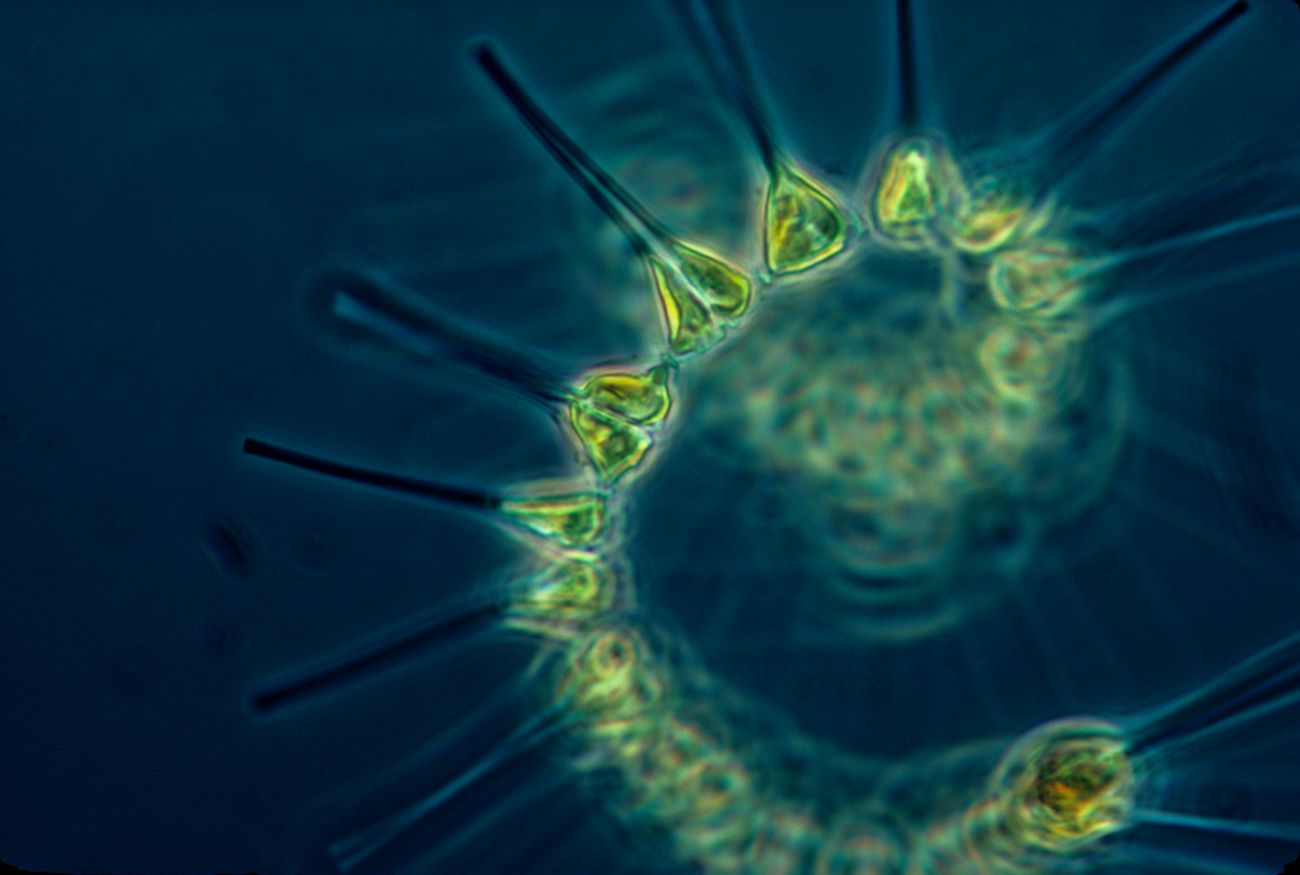
Fragility of marine photosynthesis under climate change


Project objectives
For the first time in human history anthropogenic carbon emissions (10 GtC per year) are just an order of magnitude lower than the productivity of the Earth’s biosphere (100 GtC per year). Half the productivity takes place on land and half at sea, despite the ocean biomass being a meagre 1% of land biomass. With the growing coastal population, demands for productive healthy oceans are increasing. This calls for rational management of ocean ecosystems based on scientific principles. However, objective and quantifiable measures of the ocean ecosystems state that can be translated to economic indicators, the bedrock of rational management, do not exist. This is unsound practice, giving rise to potential mismanagement of numerous ocean ecosystems worldwide. The economic value of ocean ecosystem services needs to be measured objectively, both at present and in the future, to have optimal management and sustainable development.
The PHOTOCLIM project aims to address this issue by reforging the current understanding of the interplay between biology, physics and economics in the ocean, starting from first principles. The project will apply modern capital theory directly to the study of marine primary production (photosynthesis) at the biophysical level and will develop new sets of bioeconomic indicators describing ocean ecosystems. The project will quantify climate change induced fragility of marine primary production, fill the space-time gaps in bioeconomic indicators using remote sensing products and project future fragility of the ocean on climate time scales.
The project aims at a systematic study of ocean ecosystems using modern capital theory not as a supplement to ecological theory, but as a complement to it. Project team will collaborate with physical oceanographers, marine biologists, biophysicists, economists and experts in nonlinear systems, stochastic and climate simulations, which ensures the high interdisciplinary nature of the project.




